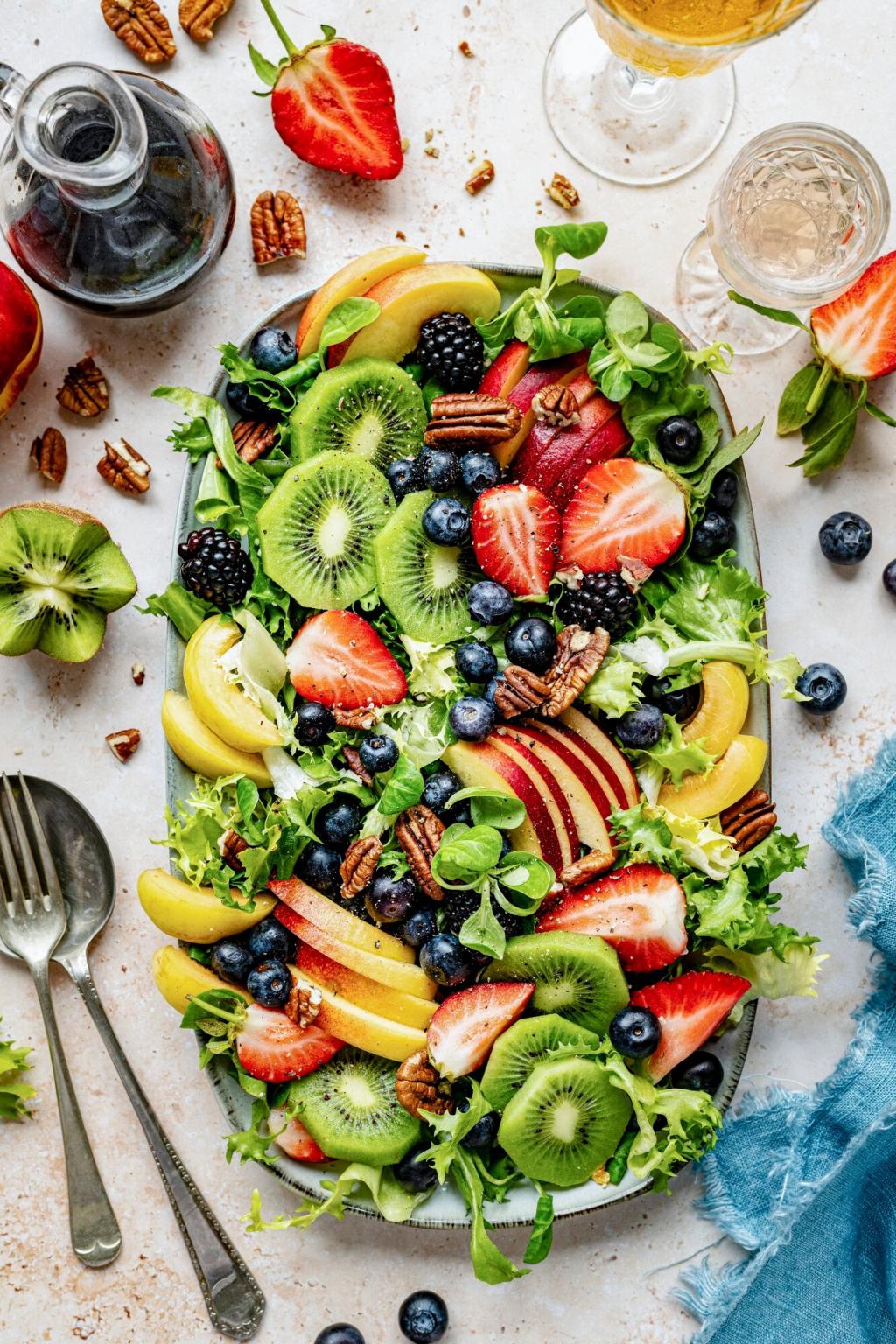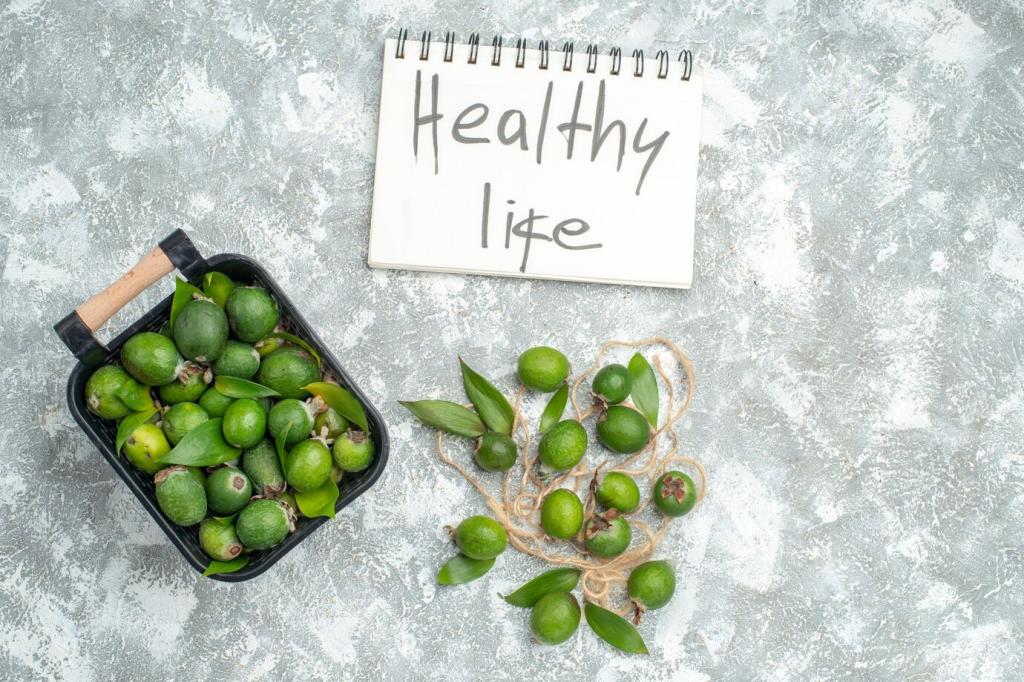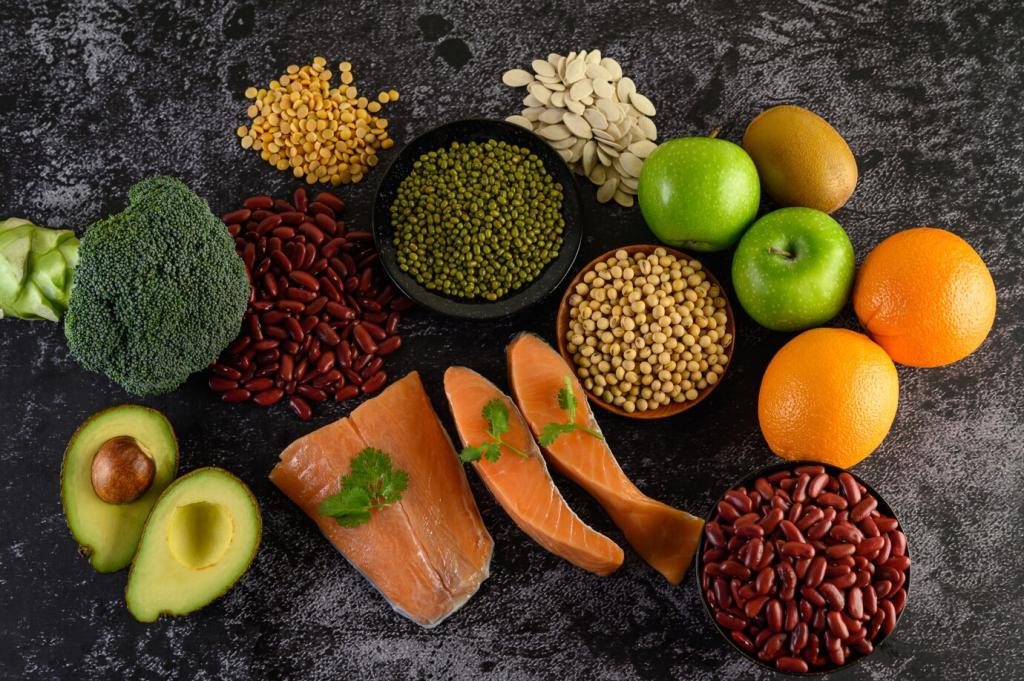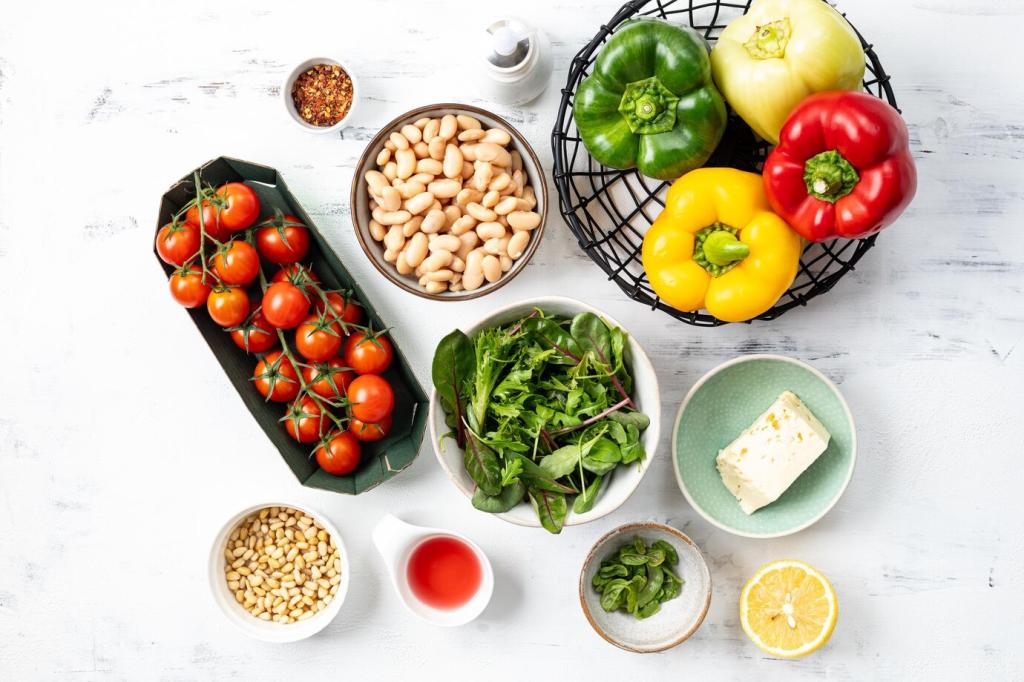Today’s theme: Incorporating Fermented Foods for Gut Health and Immunity. Join us as we explore delicious, practical ways to nourish your microbiome and support immune resilience. Comment with your favorite ferment, and subscribe for weekly, science-backed inspiration.
How Fermented Foods Support Your Microbiome and Defenses
Yogurt, kefir, sauerkraut, kimchi, and miso deliver living cultures like Lactobacillus and Bifidobacterium that can complement your resident microbes. These tiny partners help crowd out opportunists, produce helpful metabolites, and nudge immune cells toward balanced, steady responses.

Simple Daily Habits to Add Ferments Without Overthinking
Breakfast Boosters
Spoon kefir over berries, swirl yogurt into overnight oats, or whisk a spoon of miso into warm (not boiling) broth. These tiny morning tweaks bring living cultures alongside fiber, creating a gentle, satisfying start that your microbiome appreciates.
Lunch and Dinner Upgrades
Top grain bowls with crunchy sauerkraut, add kimchi to tacos, or pan-sear tempeh for hearty protein. A miso-tahini dressing instantly lifts vegetables and greens, turning ordinary meals into microbiome-friendly plates without culinary stress or extra complicated steps.
Bubbly, Beneficial Beverages
Choose low-sugar kombucha, kvass, or water kefir as a refreshing alternative to soda. Start with small servings to gauge tolerance, then enjoy the lively tang that pairs beautifully with meals while adding variety to your daily hydration routine.
Home Fermentation Basics: Safe, Tasty, and Budget-Friendly
Start with classic sauerkraut: shred cabbage, add two percent salt by weight, and pack it tightly under its own brine. For quick wins, try carrot sticks or radishes in a light brine. Simplicity builds confidence without sacrificing delicious results.
Home Fermentation Basics: Safe, Tasty, and Budget-Friendly
Use clean jars, keep vegetables submerged, and vent pressure if using lids. White, fuzzy growth that smells off indicates mold, so discard and start fresh, while thin, harmless kahm yeast looks matte and smells mildly yeasty without fuzzy tufts.


A 30-Day Story: Small Servings, Noticeable Shifts
Begin with a few forkfuls of sauerkraut or half a cup of kefir with meals. Go slow, pair with fiber, and drink water. Mild bloating can occur as microbes adjust, so keep portions modest and listen carefully to your body’s feedback.
A 30-Day Story: Small Servings, Noticeable Shifts
Many people notice smoother digestion, steadier energy, or better meal satisfaction. Keep a simple journal to track servings, timing, and sensations. Observing patterns helps personalize your routine while avoiding guesswork and unnecessary restriction or overenthusiastic, uncomfortable portions.


Shopping Smarter for Live, Authentic Ferments
Look for phrases like raw, unpasteurized, and live active cultures. Sauerkraut and kimchi should list simple ingredients, not vinegar-based shortcuts. Yogurt and kefir should name specific strains and avoid excessive sweeteners that overshadow the benefits with unnecessary sugar.
Shopping Smarter for Live, Authentic Ferments
Choose refrigerated products with crisp textures and clean, tangy aromas. A little natural fizz is normal, but avoid swollen, leaking lids. At home, keep jars cold after opening and use clean utensils to preserve quality and prevent contamination issues.



What the Research Indicates—and How to Personalize
Different ferments deliver different microbes and metabolites. Rotating yogurt, kimchi, miso, and tempeh can broaden benefits, while small, regular servings often feel better than occasional large portions that overwhelm comfort and complicate your daily routine.
What the Research Indicates—and How to Personalize
Acetate, propionate, and butyrate help fuel colon cells, support barrier function, and modulate inflammation. Pair ferments with fiber-rich foods to encourage these beneficial compounds, creating a synergistic dinner plate that supports both gut comfort and immune readiness.
